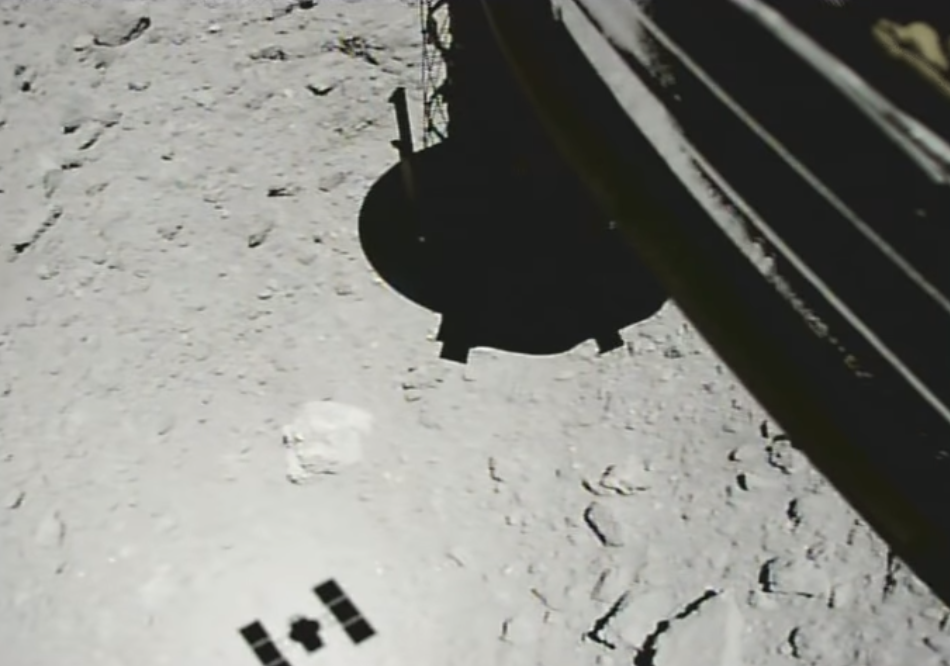What Does the Surface of Mars Sound Like? Now We Know.
InSight's solar panels appear in this image from Mars on Dec. 7. Image Credit: NASA/JPL-Caltech
The Mars InSight lander - which successfully touched down on November 26 - has alread sent back an extraordinary amount of information, including audio that was captured while wind vibrated off its solar panels.
"Capturing this audio was an unplanned treat," said Bruce Banerdt, InSight principal investigator at NASA's Jet Propulsion Laboratory (JPL) in Pasadena, California. "But one of the things our mission is dedicated to is measuring motion on Mars, and naturally that includes motion caused by sound waves."
The vibrations were picked up by an air pressure sensor located inside, and a seismometer on the lander’s deck.
This is the first time sound has ever been recorded on another planet’s surface. You can listen to both the raw recording as well as an adjusted version which has turned it up two octaves.
An important thing to remember with all audio and video from space is that our human ears and computer devices are not always designed to process the raw data. Often times, adjustment is needed in order to make things visible or audible to us in a recognizable way, which is what occurred in this case. Scientists are never tampering with data in any way, simply making adjustments to the pitch or lighting.
While the raw version is audible, it’s very low and bassy which is why you need high-quality headphones or a subwoofer in order to hear it properly.











